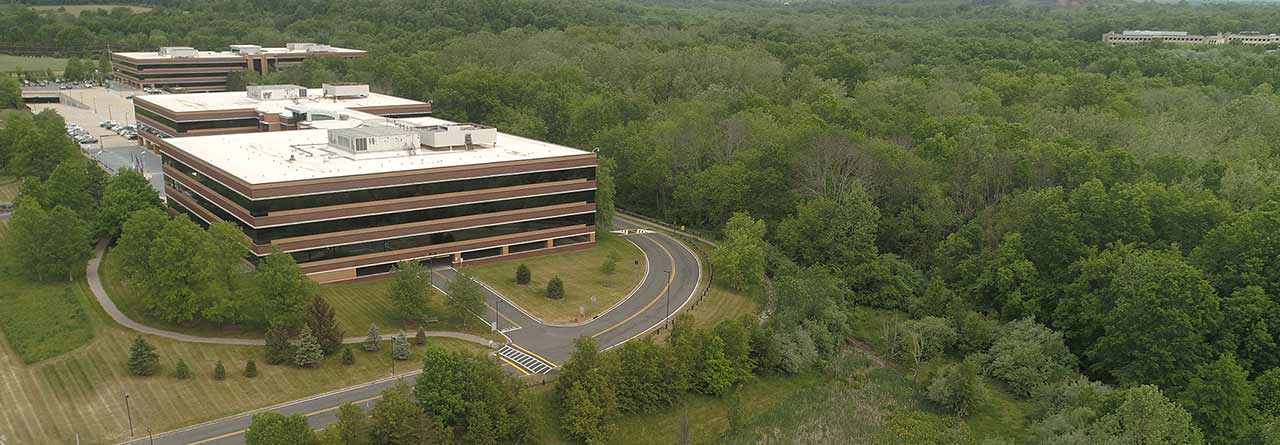As the world heats up so, too, do physical risks. Hurricanes are bigger and stronger. Rainfall events are more intense. Drought and wildfires are more prevalent. Climate change has amplified these perils, along with the property damage, business disruption, and workforce stress that can be left in its wake. Global economic losses from natural catastrophe events in 2022 alone were $275 billion.1 Companies that are not protected against future climate change risk beyond the short-term are likely to incur even more severe climate related damages.
Up until now, much of the discussion on climate change has focused on transition risk: how companies will respond to a changing economy and the shift away from fossil fuels; and moral hazard: how companies contribute to climate change and how they can reduce their relative contribution of greenhouse gases. While this is all well intentioned, the discussion of adaptation and how companies will be impacted by climate change takes a backseat, leaving companies underprepared and lacking information about knowable exposures.
All the while, hospitals near the coast will need to withstand a hurricane with minimal business interruption to continue caring for patients. As thunderstorms intensify, manufacturing, warehouses, and other businesses must be able to safely suppress lightning, which can take out sensitive electronics and manufacturing processes. And operations of all types must protect employees against extreme hot and cold weather events by implementing more reliable air conditioning, heating sources, and extreme weather preparedness plans.
While the discussion of adaptation is important, the most cited environmental issue is operational impact as climate-related events increasingly disrupt business models and supply networks worldwide.2 Summer storms have already knocked out power across the American South, closing down pharmacies and grocery stores.3 Last year, staff at a hospital in Florida scrambled to evacuate patients after Hurricane Ian tore off the roof and flooded a lower-level emergency room.4 The Texas blackout of 2021 shut down three major semiconductor plants, crippling production across a number of industries.5
Building up resiliency
To prevent extreme weather-related operational disruptions, organizations need to bolster their business resiliency by understanding—and then addressing—how climate change risks affect long-term business continuity.
Chubb offers a Physical Risk Assessment (PRA) that can help companies forecast their climate risks, both chronic and acute, and can help identify trends that may emerge during the next 30 years. It can help guide the prioritization of investment resources, suggest preventive measures, and help identify what to do in a worst-case scenario. It can help save the family business, protect the hospital from having to evacuate its patients, and aid in business decisions about where to expand and build a new factory. Chubb helps customers site new development and projects in areas less likely to flood, suffer wildland fire events, and much more.
The goal is to help companies better understand how current and future climate events will impact key locations and their day-to-day business, and help them upgrade construction and enhance preparedness, going beyond minimum building codes, which are based on life safety standards rather than long-term property investment risk.
Beyond compliance
Publicly traded companies in the United States may soon have another reason to better understand their climate change risk exposures. On March 21, 2022, the SEC proposed rule changes that would require listed companies to include information about climate-related risks that are likely to have material impact on their business, results of operations, or financial condition.
As of now, too many climate change risk assessment products are designed to fulfill ESG rating scores rather than provide a plan to improve businesses' long-term exposures to climate change. Chubb offers a unique kind of analysis that leverages the strengths that insurance carriers utilize for underwriting. The PRA can show companies a view of their risks that they've likely never seen before, and turn it into a meaningful, actionable risk management exercise to help them plan over a longer time horizon.
How it works: Data modeling + risk engineering
Climate change models differ from traditional insurance natural catastrophe models at a fundamental level, even if they share some of the same data: Natural catastrophe management models are historical, based on experience by peril. Climate change models are stochastic and forward-looking using various heating scenarios: They forecast the probability of various outcomes under different conditions using a variety of possible global warming realities humanity will face over the next 75 years.
The output of the climate change risk model is a quantification of likely risk—valuable data that needs context and interpretation to be useful. Physical risk consultants, and environmental engineering experts can translate hazard and vulnerability data into a meaningful risk management dialogue. Any climate change product that claims to have an impactful risk management finding purely from a statistical output is not likely actionable or meaningful without risk engineering translation, consultation or dialogue.
Climate change risk models are constantly evolving, and new data is being added in real time. For example, using the latest climate change data around increasing heat over the long term, Chubb is working with clients to discuss heating and air conditioning cost efficiencies and capital expenditure planning implications to equip properties that were built over 20 years ago - when conditions were in fact cooler.
Climate change adds a new dimension to business resilience – the need to consider long-term weather events models when retrofitting existing properties and making decisions about where to locate new ones. Considering the consequences of ignoring possible weather events, it’s a must-have element of any risk management plan.

Erik Olsen
Senior Vice President and Leader of Chubb’s Property Center of Excellence







1 Sigma: Natural catastrophes and inflation in 2022: a perfect storm
2 Deloitte: 2021 Climate Check: Business' views on environmental sustainability
3 U.S. News: Power Outages Continue Across Southern US; Triple-Digit Heat Wave Grips Texas
4 Yahoo News: Hurricane Ian flooded a hospital and forced evacuations…
5 Yale Environment 360: How Climate Change Is Disrupting the Global Supply Chain
This document is advisory in nature and is offered as a resource to be used together with your professional insurance advisors in maintaining a loss prevention program. It is an overview only, and is not intended as a substitute for consultation with your insurance broker, or for legal, engineering or other professional advice.
Chubb is the marketing name used to refer to subsidiaries of Chubb Limited providing insurance and related services. For a list of these subsidiaries, please visit our website at www.chubb.com. Insurance provided by ACE American Insurance Company and its U.S. based Chubb underwriting company affiliates. All products may not be available in all states. This communication contains product summaries only. Coverage is subject to the language of the policies as actually issued. Surplus lines insurance sold only through licensed surplus lines producers. Chubb, 202 Hall's Mill Road, Whitehouse Station, NJ 08889-1600.












